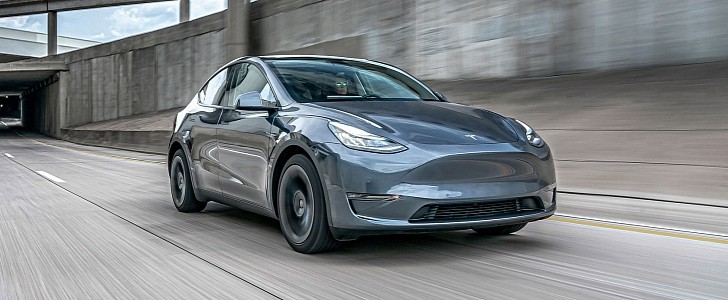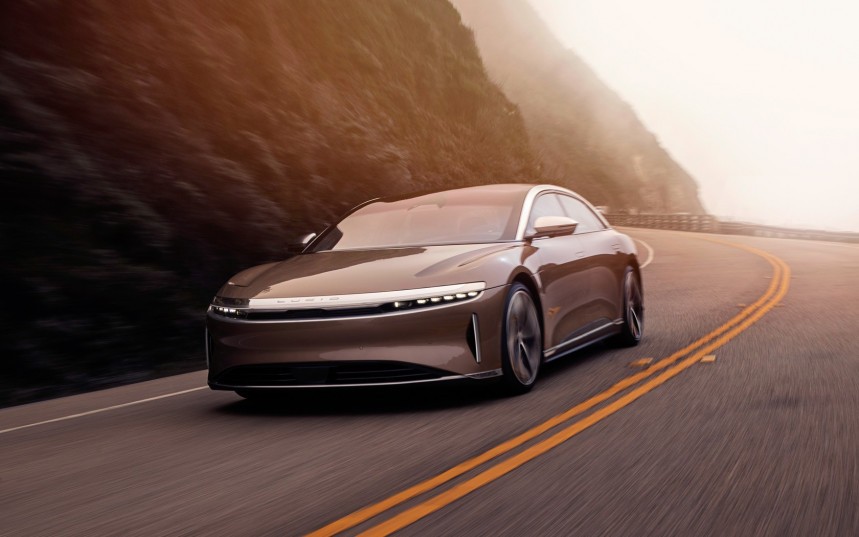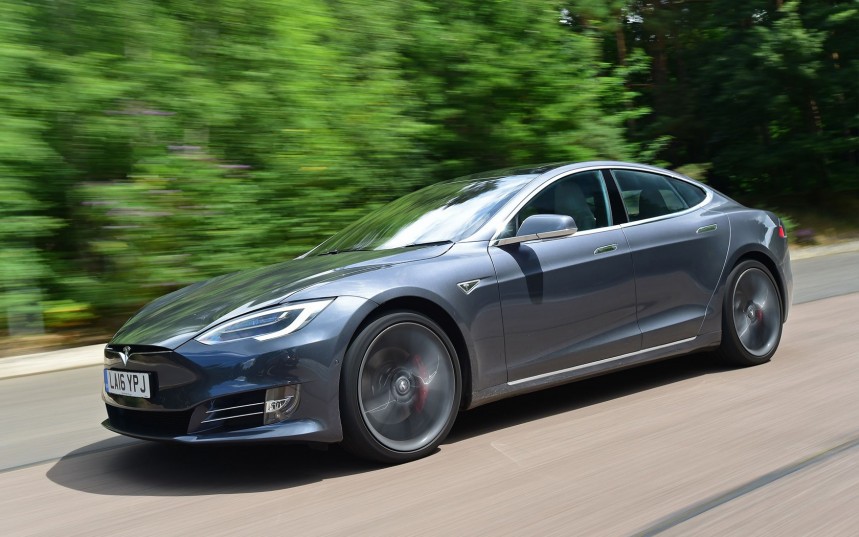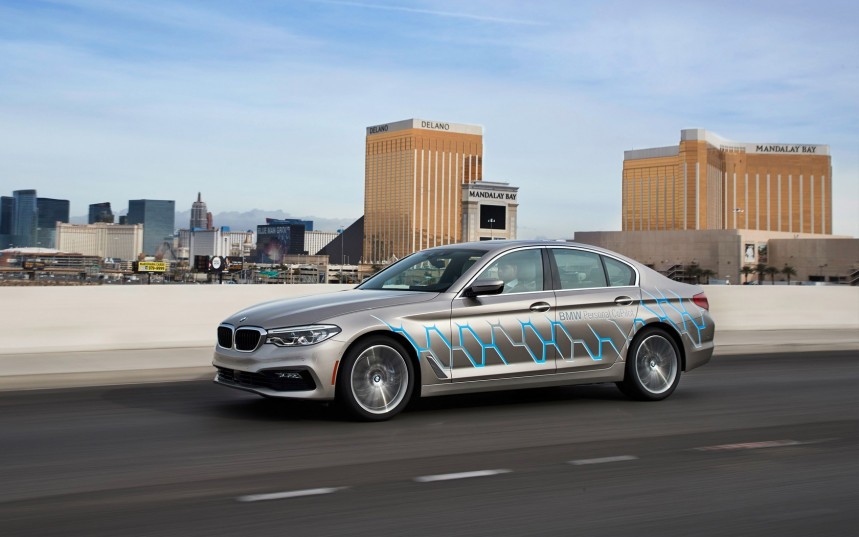Back when I was growing up, autonomous driving was a subject rooted in science-fiction. yet the rapid advancements in technology have made full autonomous driving an achievable reality and one of the main goals of the automotive industry.
We are still not quite there yet, even though some people like Elon Musk have envisioned cars driving themselves around on public roads by the end of 2020.
Nevertheless, the industry is rapidly moving toward that goal, with advanced driving assistance systems capable of controlling braking and steering, among others which offer a partial level of automation.
The classification of such features was first published by the Society of Automotive Engineers (SAE) in 2004 and features five levels of automation.
The first classification does not make the list because, at Level 0, the system might issue a graphic of audible warnings but has no sustained vehicle control, thus no level of automation.
In vehicles capable of Level 1, which is a “hands-on” type of assist, the driver still controls the steering, but the driving assistance system can help with braking, acceleration, and engine speed. An example of such an assist is the traditional cruise control system.
The second level offers increases aid from the vehicle’s systems and allows the driver to disengage from some driving functions like steering, acceleration, braking, and maintaining speed.
This is the level where most vehicles are today, with Adaptive Cruise Control systems that control speed, the distance between the car and the vehicles ahead, and steering through the Lane Keeping feature. The driver still must always pay attention and be ready to intervene.
Level 3 vehicles feature what can be perceived as a co-pilot system that allows drivers to focus on other activities such as using their smartphone to text, with the system taking full control of the vehicle.
This is possible only under ideal road conditions such as a multilane highway with a central divider. This level is a bit confusing to describe as it covers the gray area between partial and full automation.
An example would be the Audi AI Traffic Jam Pilot or Tesla’s AutoPilot. When enabled, Autopilot will control the accelerator, steering, and brakes to stay in lane and at a safe distance from other vehicles but will also shift lanes to overtake or merge onto new roads.
The fourth level of this classification is what all current carmakers are working on and most tend to skip the gray area of level 3 and make the technological jump straight to this level.
The vehicle would be able to control itself with no required driver input, either on highways or on certain city streets, where the road layout is simple.
If encountering poor weather conditions and unusual events, the vehicle should be able to park itself in a safe place and/or give control back to the driver or an operator that can remotely control the car. An example is Google's Waymo project in the U.S.
Finally, the fifth level is reached when a vehicle does not require any human interaction and can drive itself in any given condition. They will be controlled by an advanced AI system that will scan and respond to real-world data generated by cameras, sensors, and LiDAR devices.
To achieve full automation is extremely difficult even with current technologies, but with more manufacturers developing advanced driving assistance systems that are increasingly capable, the theoretical Level 5 vehicle is not a dream anymore and we will surely experience it in the near future.
We are still not quite there yet, even though some people like Elon Musk have envisioned cars driving themselves around on public roads by the end of 2020.
Nevertheless, the industry is rapidly moving toward that goal, with advanced driving assistance systems capable of controlling braking and steering, among others which offer a partial level of automation.
The classification of such features was first published by the Society of Automotive Engineers (SAE) in 2004 and features five levels of automation.
The first classification does not make the list because, at Level 0, the system might issue a graphic of audible warnings but has no sustained vehicle control, thus no level of automation.
In vehicles capable of Level 1, which is a “hands-on” type of assist, the driver still controls the steering, but the driving assistance system can help with braking, acceleration, and engine speed. An example of such an assist is the traditional cruise control system.
This is the level where most vehicles are today, with Adaptive Cruise Control systems that control speed, the distance between the car and the vehicles ahead, and steering through the Lane Keeping feature. The driver still must always pay attention and be ready to intervene.
Level 3 vehicles feature what can be perceived as a co-pilot system that allows drivers to focus on other activities such as using their smartphone to text, with the system taking full control of the vehicle.
This is possible only under ideal road conditions such as a multilane highway with a central divider. This level is a bit confusing to describe as it covers the gray area between partial and full automation.
The fourth level of this classification is what all current carmakers are working on and most tend to skip the gray area of level 3 and make the technological jump straight to this level.
The vehicle would be able to control itself with no required driver input, either on highways or on certain city streets, where the road layout is simple.
Finally, the fifth level is reached when a vehicle does not require any human interaction and can drive itself in any given condition. They will be controlled by an advanced AI system that will scan and respond to real-world data generated by cameras, sensors, and LiDAR devices.
To achieve full automation is extremely difficult even with current technologies, but with more manufacturers developing advanced driving assistance systems that are increasingly capable, the theoretical Level 5 vehicle is not a dream anymore and we will surely experience it in the near future.










